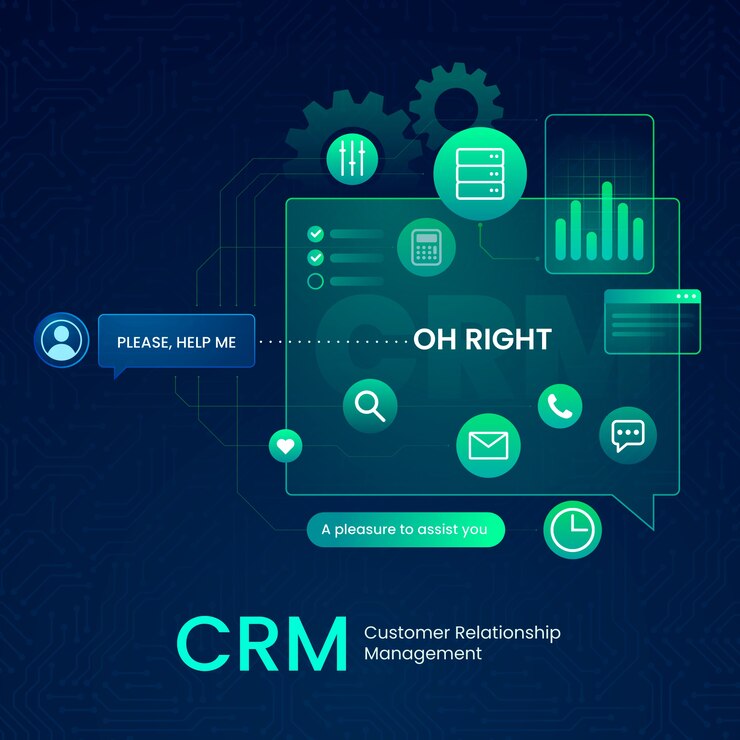To effectively discuss this topic, we must first separate and explain the main points for better understanding. These three main points include the definitions of:
● Supply chain.
● Supply chain management, and
● Supply chain optimization.

Supply chain - A web of interconnectedness and opportunity. The supply chain represents the intricate flow of products, information, and resources among various entities - from suppliers to manufacturers, distributors, retailers, and end consumers. Like the circulatory system in living organisms, the supply chain breathes life into businesses.
Supply chain management - This is the art and science of orchestrating the entire journey of a product for effective distribution. It encompasses the coordination of procurement, inventory, transportation, and customer service, all driven by supply chain technology and artificial intelligence. Supply chain management aims to maximize efficiency, reduce cost, and enhance customer satisfaction.
Supply chain optimization - The hidden untapped supply chain potential. Supply chain optimization is the catalyst that drives businesses to unlock their potential and reach new heights of success. It’s a strategic pursuit of perfection, refining and enhancing every aspect of the supply chain. It identifies inefficiencies, eliminates bottlenecks, and streamlines processes to ensure optimal performance, cost-effectiveness, and agility.

The supply chain market has seen tremendous changes over the years. The rise of e-commerce, the growth of omnichannel retailing, and the increasing importance of sustainability have all impacted the market. New technologies such as big data, artificial intelligence, and the Internet of Things (IoT) are also transforming the supply chain. These changes have made it challenging for businesses to manage their supply chain, but they have also created new opportunities to improve efficiency and reduce costs. Companies must have a good optimization game to be on the bright side of supply chain management in this era.
ALSO READ: Sustainable Business Practices: Going Green For A Better Future.
5 Strategies To Optimize Supply Chain Management.
1. Demand forecasting and planning: This involves analyzing historical data, market trends, and customer behavior to predict future demand for products or services. Demand forecasting and planning must be done to enhance the overall business planning of companies. By accurately forecasting demand, businesses can effectively take proactive approaches to minimize stockouts and excess inventory. This will improve customer satisfaction while also reducing the total cost spent on manufacturing or provision.

2. Inventory management: Inventory management is a situation where the stakeholders of a supply chain company oversee and control the flow of goods and materials within the organization. Efficient inventory management is notable as it helps to minimize costs, reduce stockouts, and enhance customer satisfaction. Various techniques such as Just-in-Time and ABC analysis are employed to effectively manage inventory. By integrating technology and automation, organizations can streamline their inventory management processes, leading to better accuracy and efficiency.
3. Supplier relationship management: Effective communication is the key builder of all reputable businesses, and the supply chain market should be no exception. All the stakeholders of the supply chain market must be ready to establish and nurture mutually beneficial partnerships with their suppliers. This will help them to build trust and long-term collaboration leading to the enhancement of the overall supply chain performance.
4. Technology integration: Companies should embrace cutting-edge technologies like artificial intelligence, blockchain, and automation. This will improve daily efficiency, accuracy, and decision-making. AI automates processes, analyzes data, and enhances decision-making, while blockchain ensures secure transactions and traceability. This integration streamlines collaboration, improves visibility, and reduces costs, leading to superior customer experiences.

5. Risk mitigation: These risks can include disruptions in transportation and logistics, natural disasters, political instability, supplier failures, quality issues, demand fluctuations, and cybersecurity threats, among others. To mitigate risks, businesses must employ approaches such as:
- Diversifying their supplier base to reduce dependence on a single source and minimize the impact of supplier failures or disruptions.
- Implementing robust contingency plans and establishing alternative transportation routes and logistics networks to ensure continuity in the event of disruptions.
- Proactively monitoring and analyzing market trends, customer demand patterns, and industry dynamics to anticipate potential risks and take preventive actions.
- Fostering strong relationships with suppliers and implementing stringent quality control processes to address quality-related risks.
Moreover, organizations should invest in robust cybersecurity measures to protect their supply chain data and systems from cyber threats. By adopting these risk mitigation strategies, businesses can enhance their supply chain resilience, reduce vulnerability, and maintain smooth operations even in the face of unforeseen challenges.
Finally, by actively identifying and mitigating risks, businesses can protect their supply chain from disruptions and ensure continuity. Robust risk management practices, including contingency planning and supplier diversification, help safeguard against unforeseen events and minimize potential disruptions.
By implementing these effective strategies, businesses can optimize their supply chain management, enhance operational performance, and gain a competitive edge in today’s dynamic business landscape.



